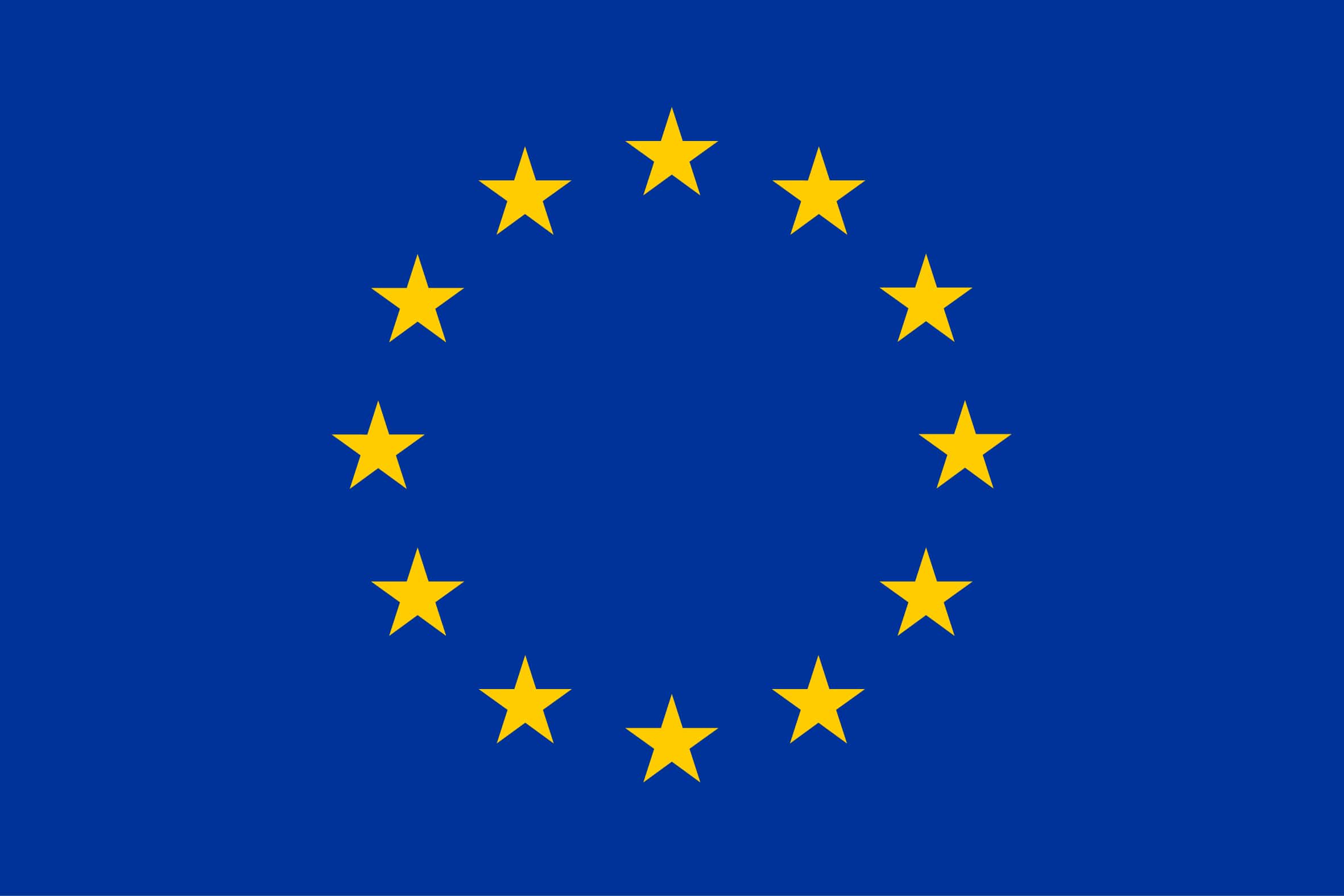May 19, 2022
Medicine
When no alternative is enough: the particular case of Achilles tendon recovery
Some athletes call it the evil injury. Anyone who follows sports competitions will understand this perfectly:: Currently, Achilles tendon rupture is an injury that, in the best case, will keep an athlete away from the field for a long period of time. Football players such as David Beckham, basketball players like Kevin Durant or the Spanish Laura Gil had gone through recovery processes that took at least six months due to this injury. However, they are athletes who count on a sports medicine team specialized in treating this kind of injury. The recovery perspective is even worse in the case of, for example, an elderly person.
The problem is not only the time it will take to recover the strength of the injured area, but also the relapse that could take us back to the place we were before the surgery. The TriAnkle project and biological therapy arise from that need: offering an alternative that proves to have a successful effect in the long term.
Surgery (or not): that’s the question
Last April 14th, The New England Journal of Medicine started with a Shakespearean headline that made the current alternatives for an acute Achilles tendon injury clear: Surgery or Not Surgery. Either it is a problem in that tendon or any other joint tissue, the interventions are limited to use a conservative therapy (basically rehab), or to opt for surgical reconstruction using sutures or implants.
In both cases, it usually takes about a year to repair the tendon and start doing any kind of sports activity. After that period of time, only for out of ten people with Achilles tendon rupture recover the sports activity level they used to have before the injury. Only one out of two believe to have an acceptable symptom level. Data also shows another important conclusion: the kind of treatment barely impacts recovery time.
On top of this problem, we must add the considerable relapse risk. According to what was observed in large random tests carried out with patients between 18 and 60 years, people treated with non-surgical procedures take a higher risk of suffering the same injury again compared to the ones who have had surgery, even though in both cases they received dynamic rehab.
How to choose the most accurate treatment for each kind of patient? Even though nowadays there’s a trend towards surgery in hospitals, the patient’s age and physical condition are decisive. For an athletic, young person, it could be prescribed to opt for surgery. In older patients, a conservative therapy could be the best alternative. For those who are in their 40s or 60s, uncertainty grows. The choice in any case, is to balance between avoiding surgery and reducing the risk of a new tendon rupture. This happens if there’s no personalized treatment that could be adapted to the individual needs of the patient.
A new perspective
The TriAnkle project, an initiative of the European Commission in which FC Barcelona takes part with other eleven entities, intends to use collagen and gelatin to manufacture scaffolds that, combined with biomaterials, will have regenerative applications for the injured areas. A 3D bioprinted implant will be fully adapted to the area’s shape and size. The outcome will help biological therapy to reduce recovery times and to increase the injured joint recovery.
Let’s imagine now that a regular conservative therapy for older people is added to a biological therapy with platelet rich plasma (PRP), promoting the recovery of injured tissues. We can also imagine that in the case of a partial rupture, instead of choosing surgery for default, we can have a treatment with cells that improves regeneration and recovery. There are even a great number of cases in which the rupture is chronic and people go under conventional treatments that don’t work well for them. A solution like the one proposed by TriAnkle will allow those tendons, suffering from a tendinopathy for many years, to generate new collagen fibres and start functioning well again.
Biological therapy? With cells? What kind? With or without scaffold? With or without PRP elements? The solution should always be adapted to the patient’s specific needs, but what is clear is that only by using hard scientific studies, we’ll be able to answer these questions. This is TriAnkle’s proposal: an innovative treatment that could offer a combination of all these new therapies. Each patient’s needs are different, and thanks to new practices that come with projects like TriAnkle, new solutions are on their way.
This project has received funding from the European Union’s Horizon 2020 research and innovation programme under grant agreement No 952981
KNOW MORE
CATEGORY: MARKETING, COMMUNICATION AND MANAGEMENT
This model looks to the future with the requirements and demands of a new era of stadiums, directed toward improving and fulfilling the experiences of fans and spectators, remembering “feeling” and “passion” when designing their business model.
CATEGORY: FOOTBALL SPORTS PERFORMANCE
Through the use of computer vision we can identify some shortcomings in the body orientation of players in different game situations.
CATEGORY: MEDICINE HEALTH AND WELLNESS
A health check must detect situations which, despite not showing obvious symptoms, may endanger athletes subject to the highest demands.
CATEGORY: FOOTBALL TEAM SPORTS
In the words of Johan Cruyff, “Players, in reality, have the ball for 3 minutes, on average. So, the most important thing is: what do you do during those 87 minutes when you do not have the ball? That is what determines whether you’re a good player or not.”
CATEGORY: MEDICINE HEALTH AND WELLNESS SPORTS PERFORMANCE
Muscle injuries account for more than 30% of all injuries in sports like soccer. Their significance is therefore enormous in terms of training sessions and lost game time.
DO YOU WANT TO KNOW MORE?
- SUBSCRIBE
- CONTACT
- APPLY
KEEP UP TO DATE WITH OUR NEWS
Do you have any questions about Barça Universitas?
- Startup
- Research Center
- Corporate
